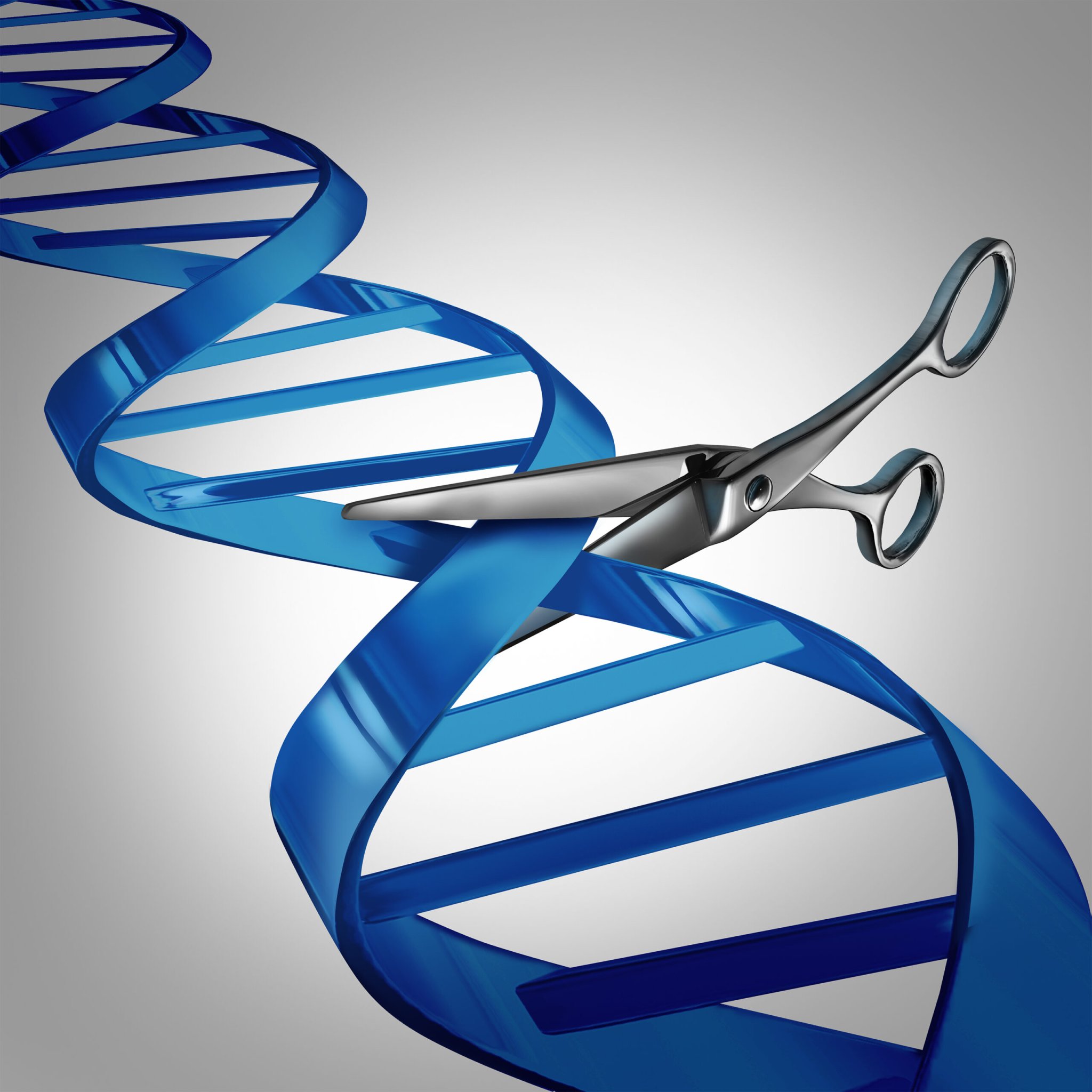

Who’s going to police CRISPR? That was the cry of many scientists after news broke at the end of last year that Chinese researchers had edited the genomes of embryos which resulted in the birth of the first genetically altered babies. Who indeed? WHO, that’s who.
Days after the news, the organization announced that it would assemble experts to look at setting international guidelines for the use of this unprecedented new gene editing technology. Last week, the UN organization announced the appointment of that committee, which consists of eighteen experts from around the globe and two chairs. There’s no guarantee the guidelines they’ll assemble on human genome editing will be followed, but it’s a first attempt at ushering the world into a future in which we can edit the very things that make us human.
CRISPR gene editing has a variety of applications that have different consequences. Twin girls Nana and Lulu were each gene edited as embryos, targeting a specific gene involved in HIV resistance and, research has just revealed, parts of the brain. Because their embryonic DNA was edited, they can pass those changes on to their children, and potentially every generation that follows, posing a never-before-encountered ethical quandary for bioethicists and scientists alike. But researchers are also using CRISPR to treat consenting adults with conditions like Hunter’s Disease and the newest case of CRISPR use, a rare blood disease called beta thalassemia. This second use is lower-stakes for the human species as a whole, because those adults can’t pass on their modifications, but it does have extremely high stakes for the people being treated.
What can WHO guidelines do?
“The Committee will examine the scientific, ethical, social, and legal challenges associated with human genome editing,” WHO spokesperson, Tarik Jasarevic, wrote in an email on Monday. Its first meeting will take place in Geneva, Switzerland in mid-March. At that first session, the committee will establish a plan of how to make the guidelines over the next 12-18 months, he wrote.
As of yet, none of the announcements to date have made clear whether the committee will be looking into germline gene editing only (like what was done to Nana and Lulu) or into all editing of the human genome using CRISPR and other emerging technologies. But we do know a few issues they will likely address, says Alex Capron, a bioethicist at the University of Southern California (USC) who worked for the WHO in the past: technical questions, like how research and medical treatment that involve gene editing should be done from a bioethics perspective; what kinds of legal oversight mechanisms countries should have in place to make sure rogue gene editing doesn’t happen; and how nations should go about sharing information gleaned from research.
What can’t they do?
Although UNESCO, another UN organization that deals with science, has an existing bioethics committee that has made pronouncements on gene editing in the past, Capron says the new WHO committee highlights the current state of gene editing: Rather than being under the purview of scientists alone, CRISPR has become a matter of public health.
Still, “WHO is not a regulatory body. It doesn’t have an enforcement arm,” says Capron. “It is is the UN’s technical agency for health.” The guidelines that a WHO advisory committee such as this one sets in place are intended to set research-backed international standards for member countries to each set their own national regulations about issues like research and medical treatment, and how to enforce them. It’s a step, but there are lots of potential issues with gene editing that fall outside WHO’s purview.
Many who work on human genome editing “really feel like the biggest issue around this topic is nobody sets international law,” says Kelly Ormond, a geneticist at Stanford University, who works on the intersection between genetics and ethics, with a focus on what happens when new genetic technologies reach the doctor’s office.
What should we watch for in it?
When germline gene editing enters the equation, says USC’s Capron, “you’re changing society in ways in which merely technical guidelines are not going to be helpful.” It’s not that WHO is a bad choice, he says, just that “it’s hard to know exactly whether we have an existing organization that’s up to this particular task.”
The new advisory committee includes researchers and bioethicists from both the fields of law and philosophy. Absent are people like sociologists, patient advocates, and historians, all who would be well-equipped to help the committee grapple with some of the big social questions inherent to human genome editing.
Ormond would like to see the new guidelines go beyond past national guidelines, such as those released by the National Academy of Science in 2017, but also take the best from them. Past recommendations have provided big principles, she says, but “researchers can interpret those principles very differently.” Take the extreme example of He Jiankui, the researcher behind the gene edited twins , who defended his work on the grounds that it would prevent disease for “millions of children.” Specific guidelines that take the general principles and translate them into what is and isn’t okay would help avoid such vague justifications.
WHO has an opportunity to not just state what shouldn’t be done but also help set an international research agenda, she says. They could look at the research being done around the world and identify gaps that WHO member countries could put funding and research momentum towards. Right now, Ormond says she and her colleagues are “trying to guess what information is going to be helpful” to set their research agendas, and trying to guess what people around the world think about their research and what kinds of human genome editing should be done. If an international body like the WHO could put its weight behind an international research agenda for human genome editing, it would signal to researchers and governments that international cooperation is needed on this matter that affects every human.
